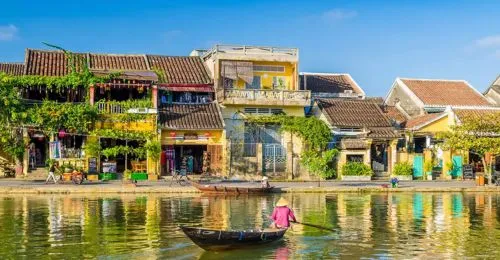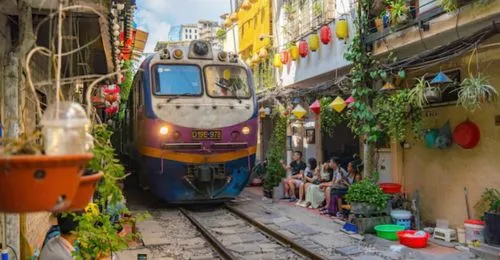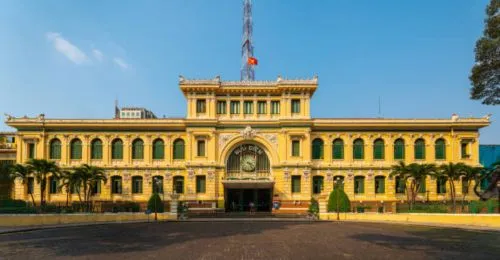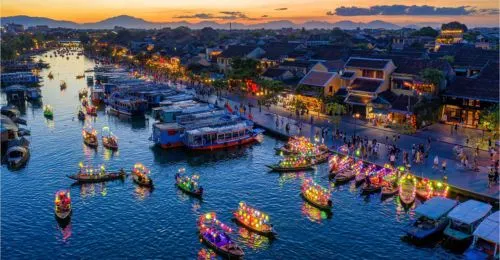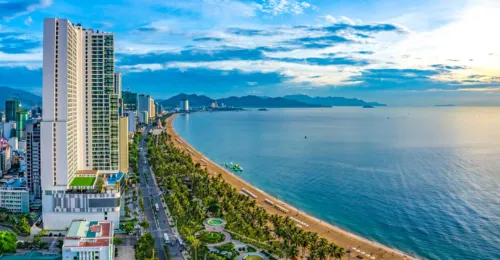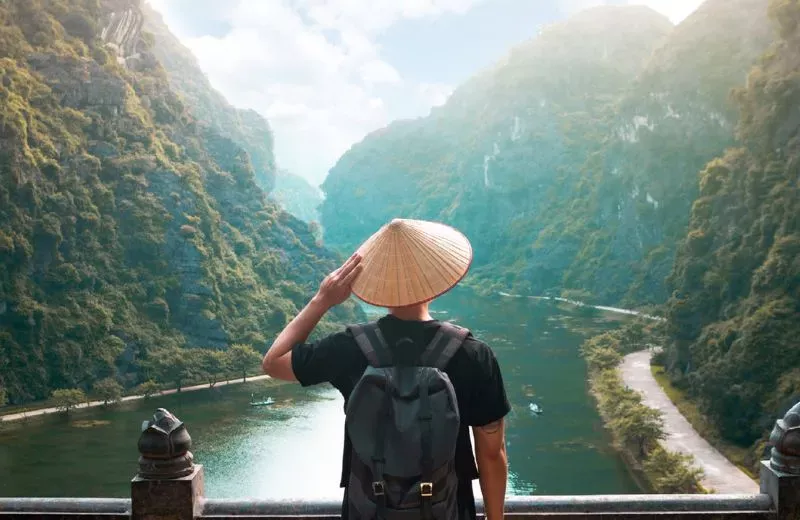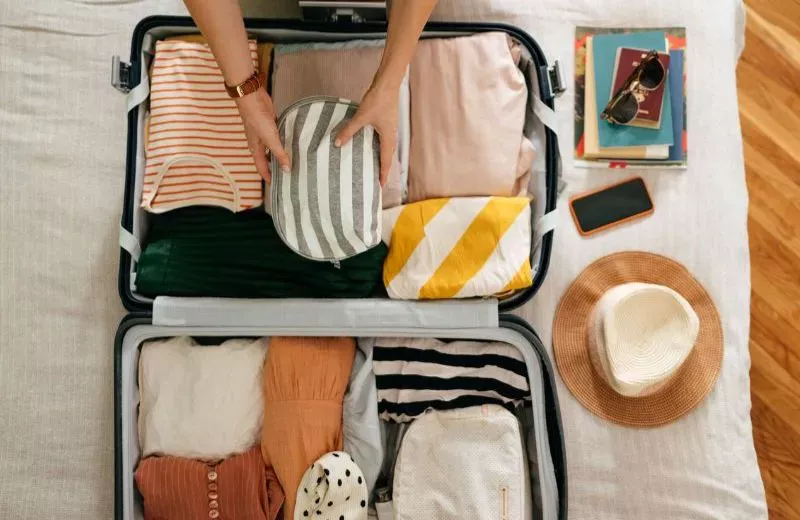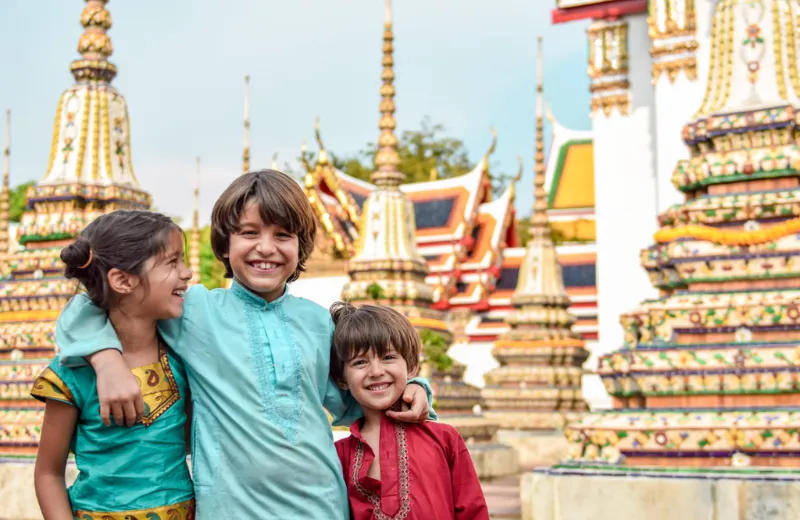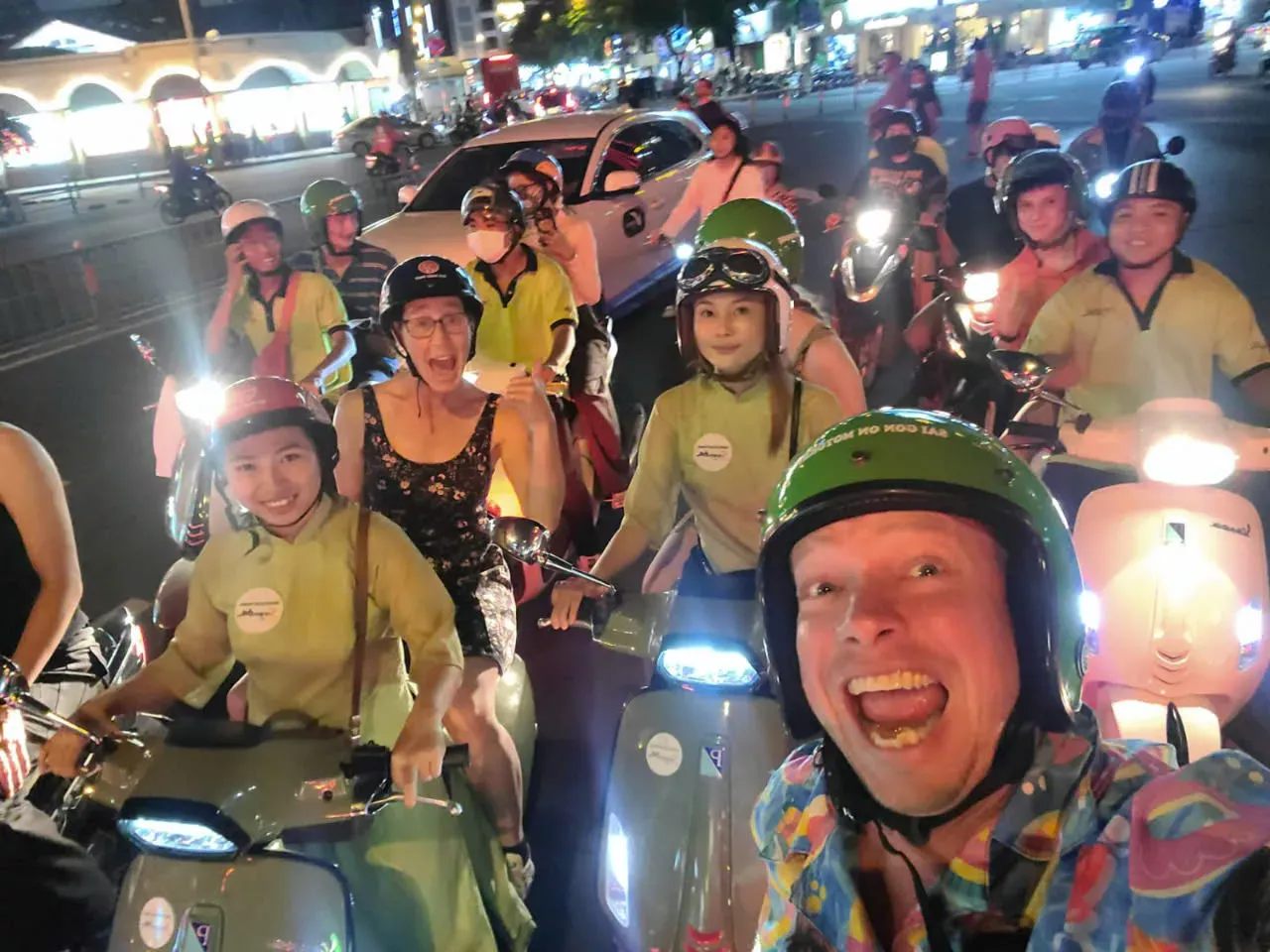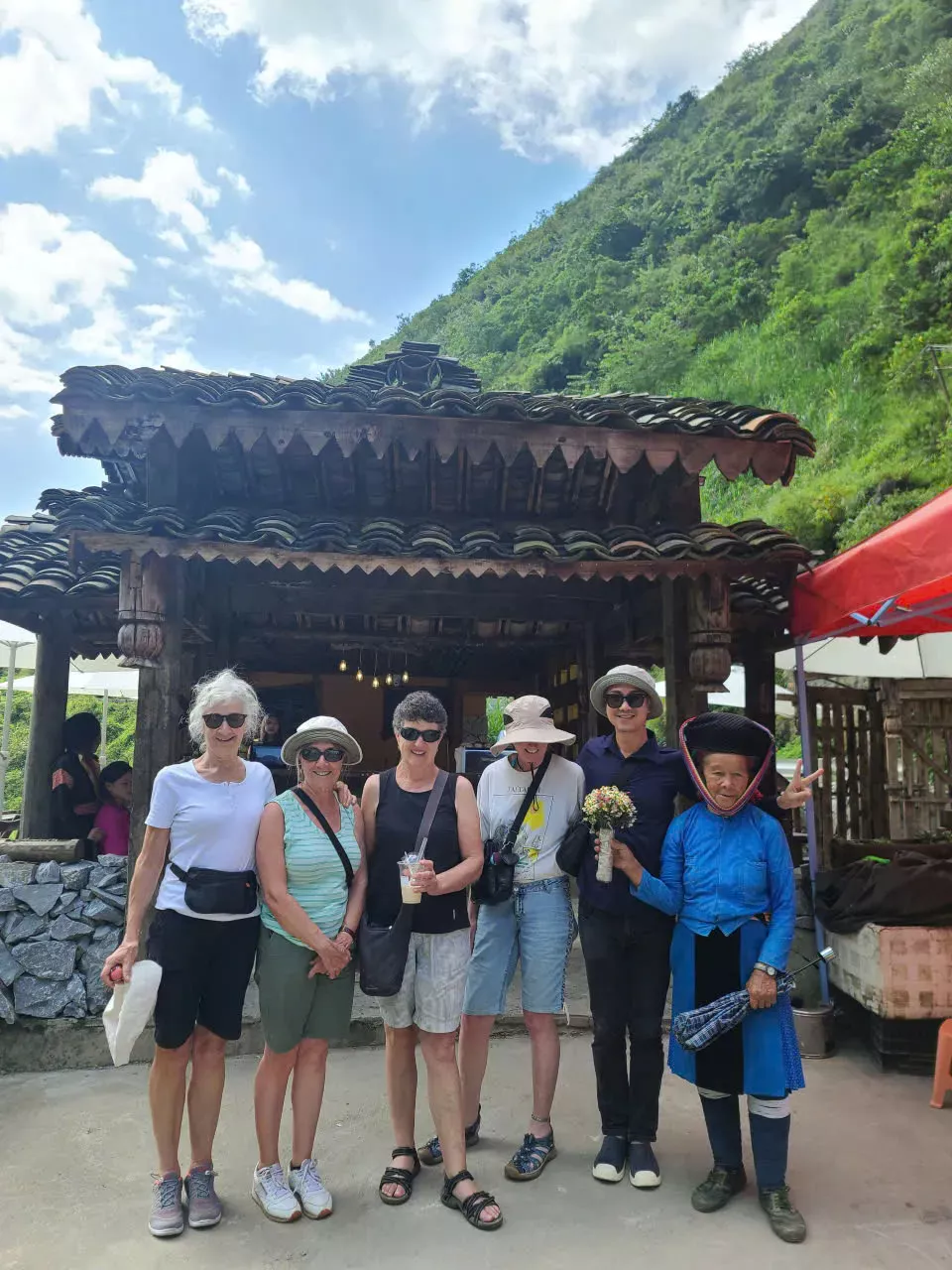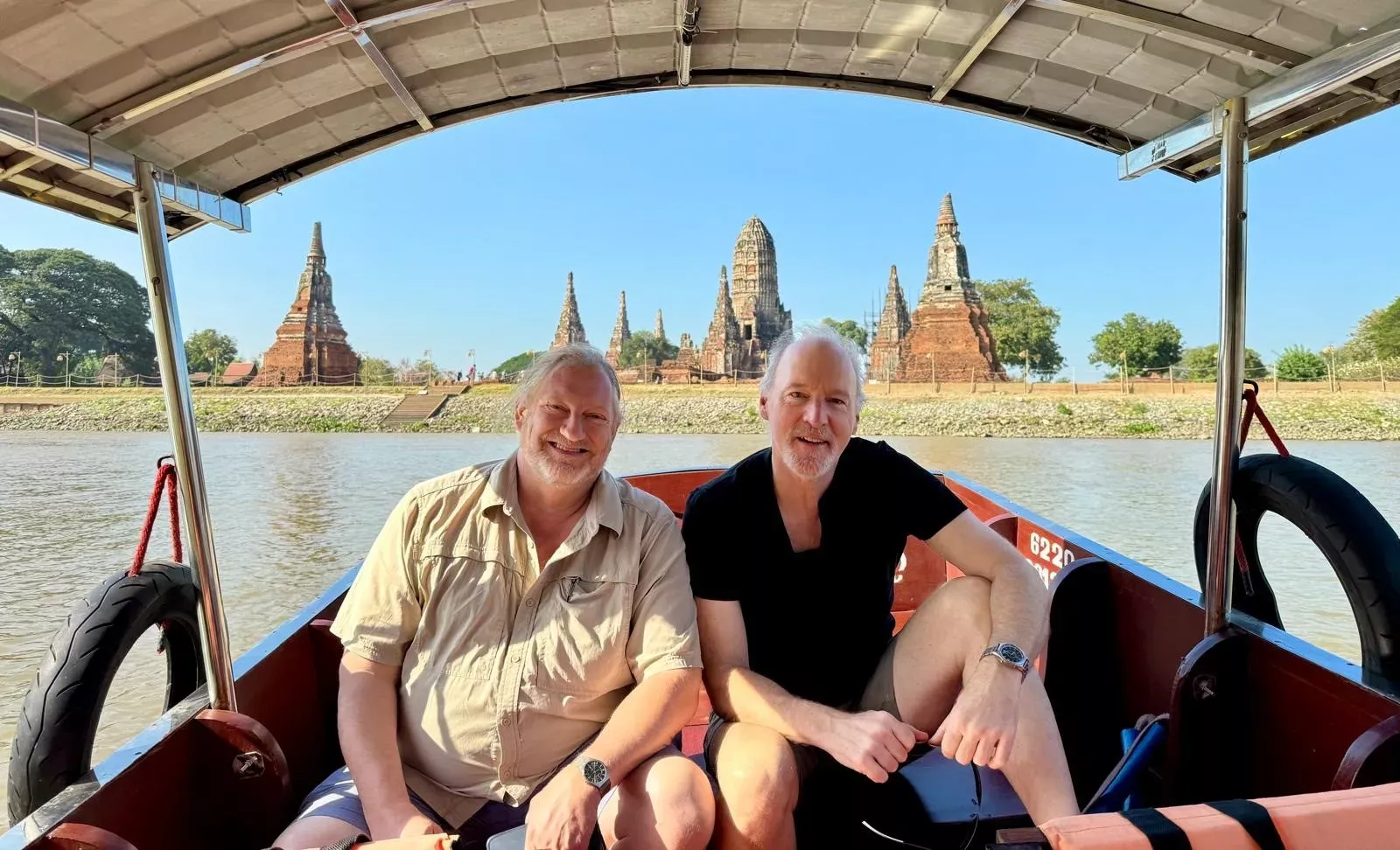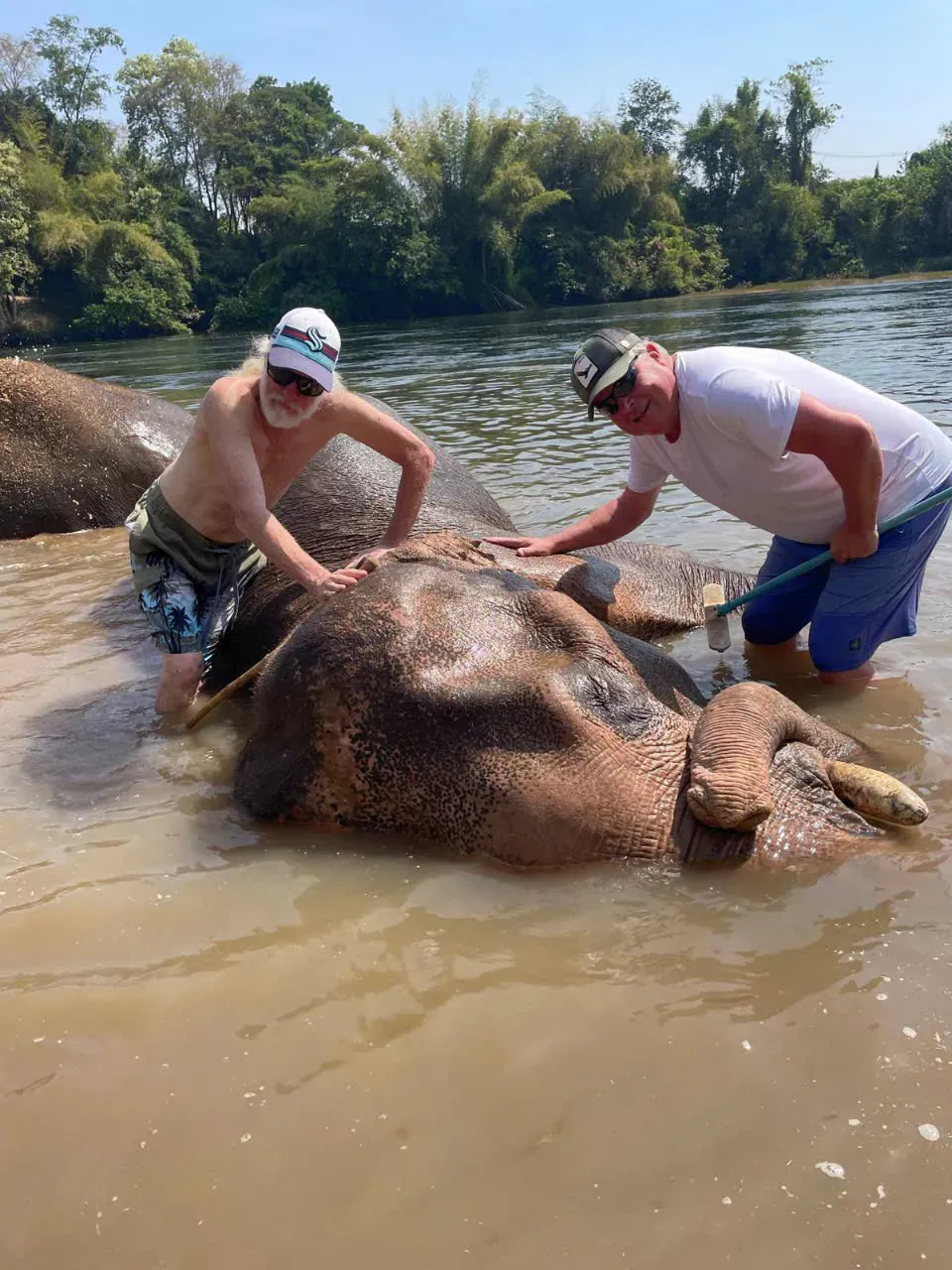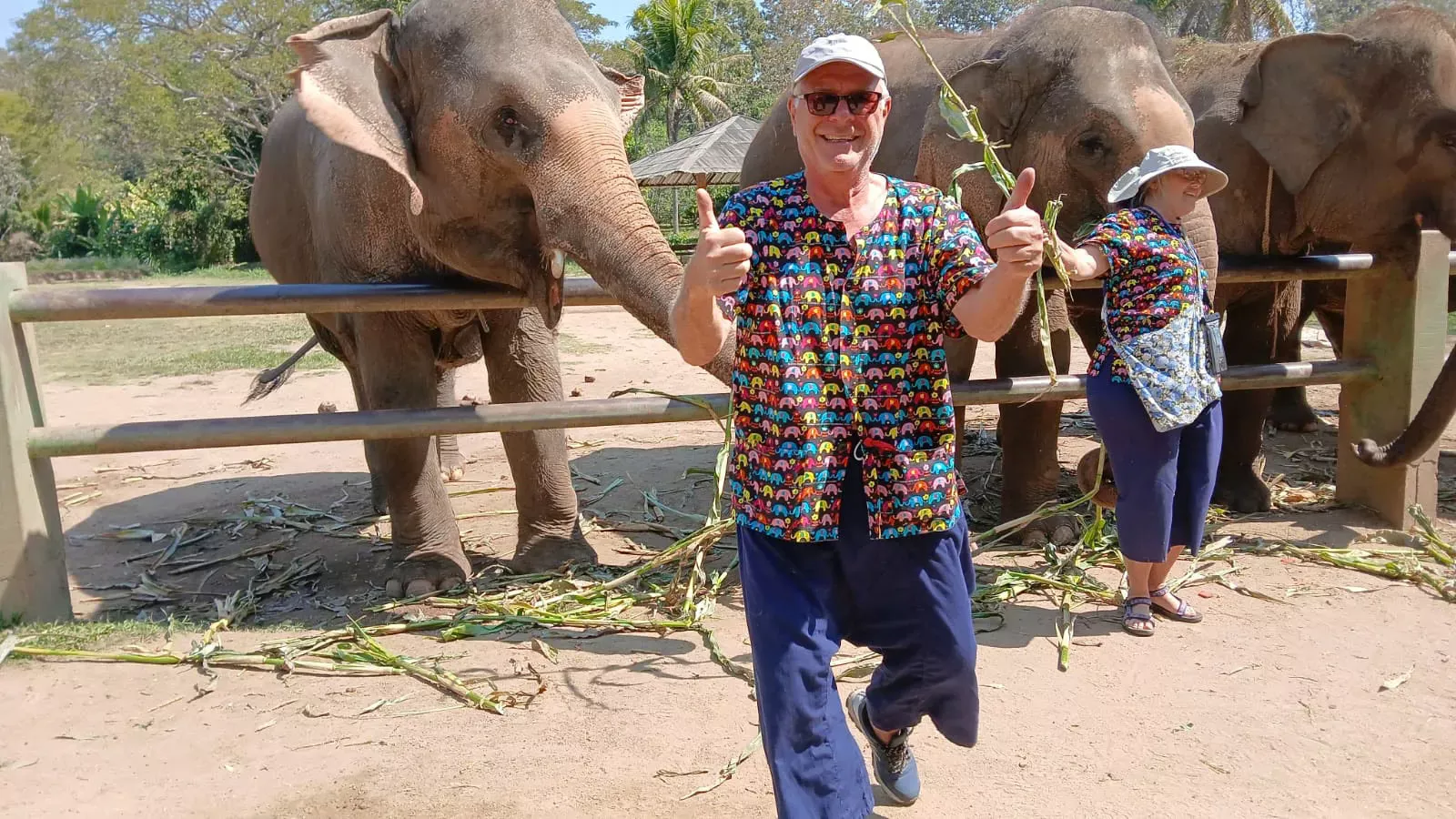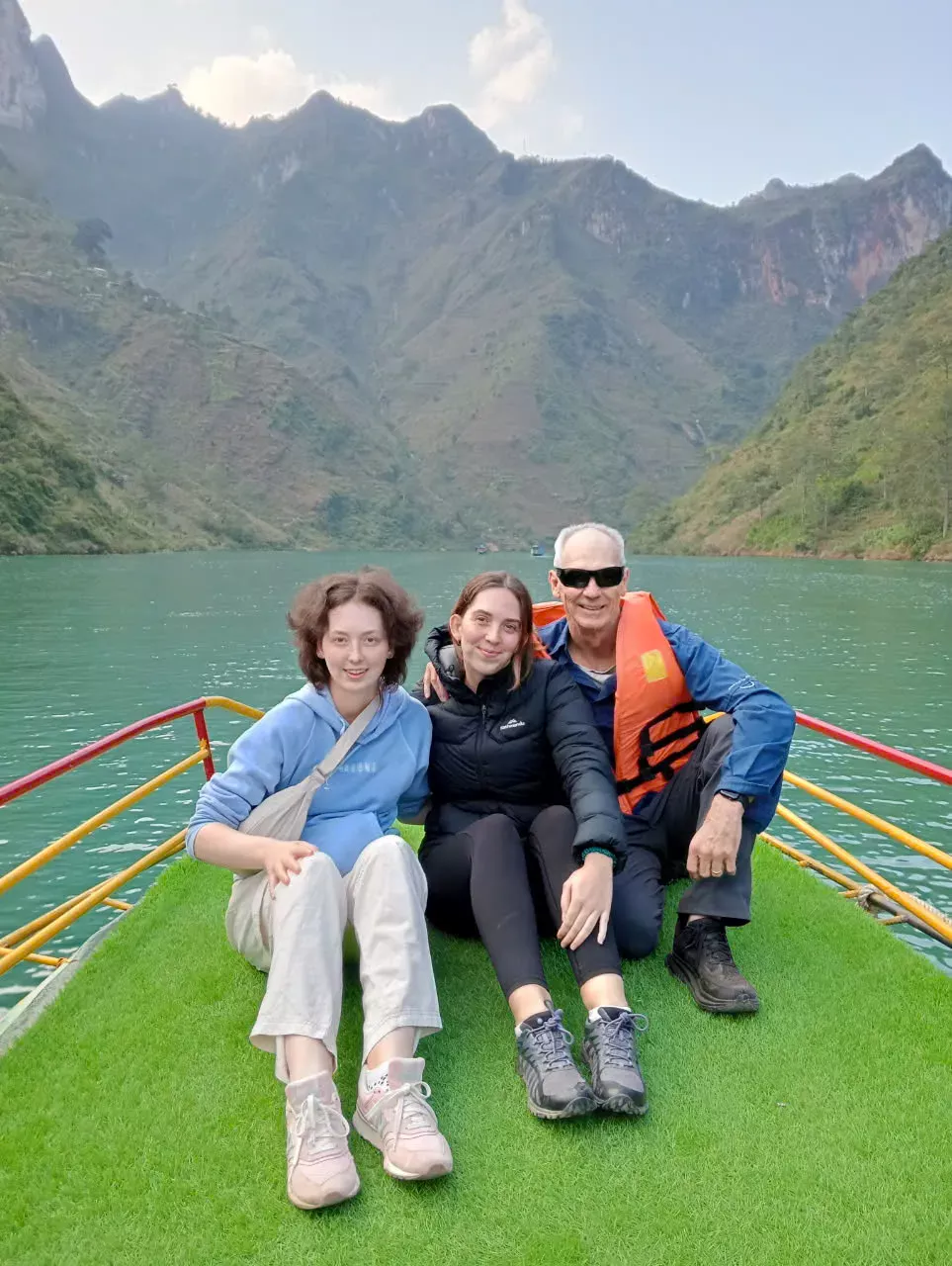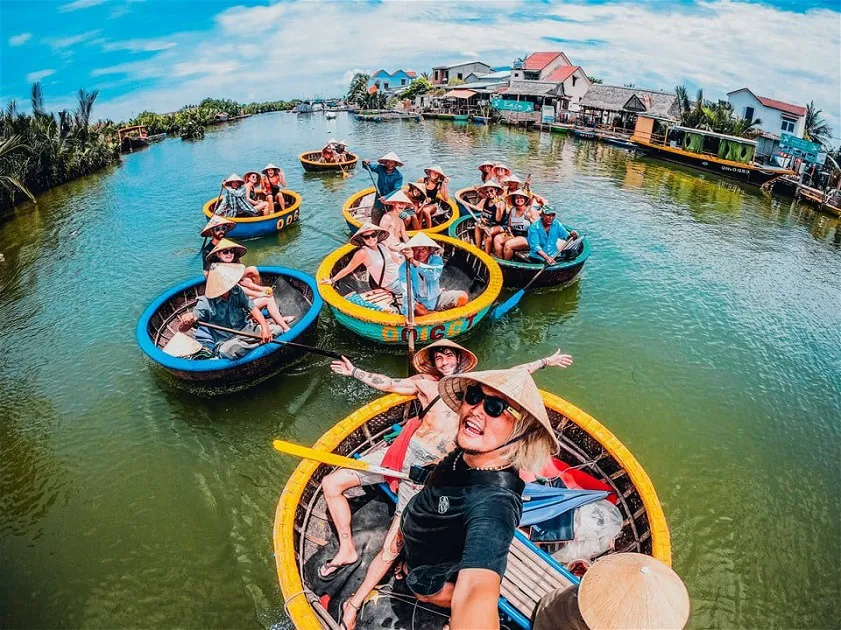
Tip #1: Learn Basic Vietnamese Phrases
Some nice Vietnamese words can add up to quite the experience and story throughout your travel. Saying “xin chào” (hello), “cảm ơn” (thank you), or “xin lỗi” (sorry) means more than just manners: it’s showing the culture there respect and allowing real conversation to flow. English is a major tongue in big towns but is less to date in the rural countryside. When traveling through rural areas or in traditional markets, even simple words like “bao nhiêu?” (how much?) or “toilet ở đâu?” (where is the toilet?) are enough to get the job done. Grab a phrasebook app or print a little cheat sheet to take along offline.
Tip #2: Dress Modestly at Temples and Religious Sites
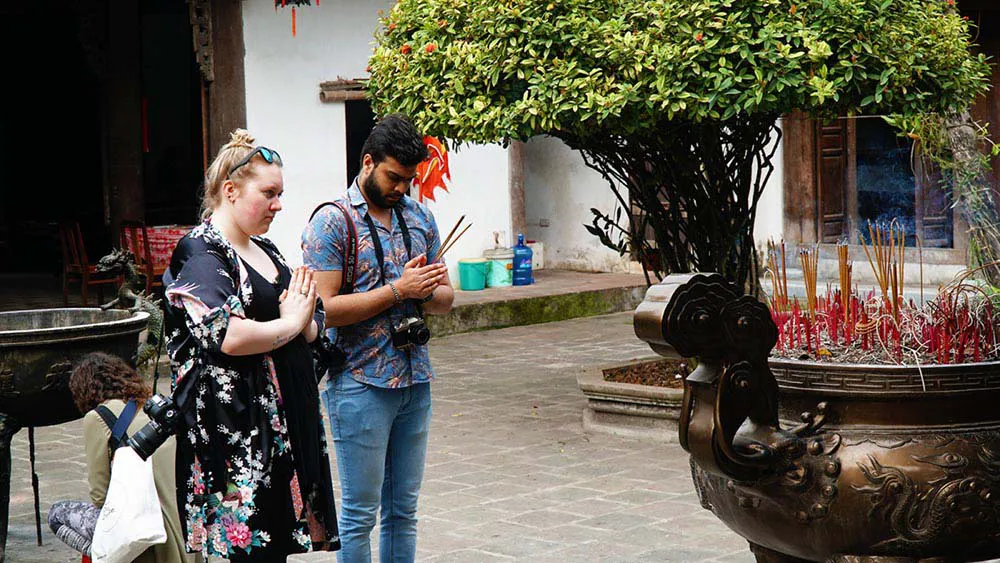
Vietnam is primarily a Buddhist country with Confucian values, and attire at holy places is supposed to be modest. When going to pagodas, temples, or houses of ancestors, do not go in shorts, singlets, and see-through clothing. At least have your shoulders and knees covered, both men as well as women. A thin scarf or sarong is excellent to have in your day bag for impromptu wrapping. Be ready to take your shoes off before entering inner sanctuaries or temple halls.
Tip #3: Don’t Touch Heads or Point with Your Feet
In Vietnamese culture, body language carries much significance. The head is held to be the most sacred and up there in the levels of importance, so avoid touching any one's head - children included. On the other hand, the feet are regarded as below and least clean. Do not point your feet at people or anything considered holy, and do not put them on the furniture; when sitting, keep them either under or flat on the floor - don't stretch them out, please.
Tip #4: Remove Your Shoes Before Entering a Home
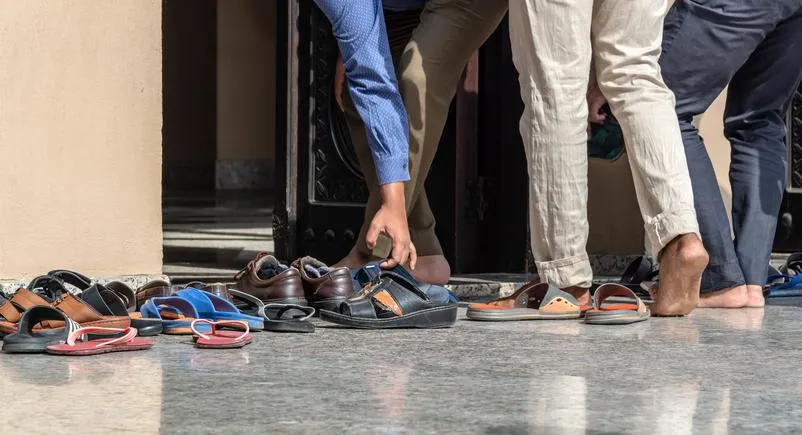
Most families in Vietnam will put this down as one of the most unambiguous ways of demonstrating respect as well as keeping the house clean. They’ll usually have made space for shoes near the door. However, in most shops and restaurants and generally in most business premises, it is not a must unless proper signage is in place. However, if one is uncomfortable, a simple polite gesture or questioning during a visit to someone’s house would help. Slip-on shoes make it easier for you to keep up the practice while traveling.
Tip #5: Walk Steadily and Use Your Hand to Signal When Crossing Streets
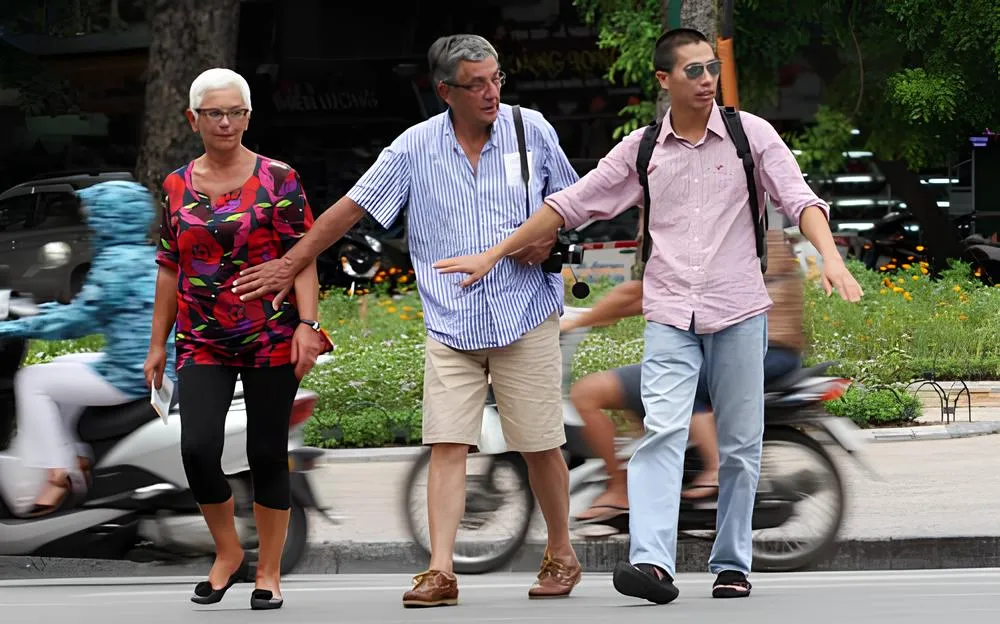
Traffic in Vietnam, especially in cities like Hanoi or Ho Chi Minh City can be chaotic for one to comprehend. However, the execution of the same is quite systematic. When you are trying to cross, do it at a slow and uniform speed without any sudden stops or running. Raise your arm with the palm stretched in the direction of the oncoming traffic – a technique regularly used by people to show they are crossing. In case you are confused, just wait and cross behind some locals who can easily find a way in the traffic.
Tip #6: Use Ride-Hailing Apps in Big Citie
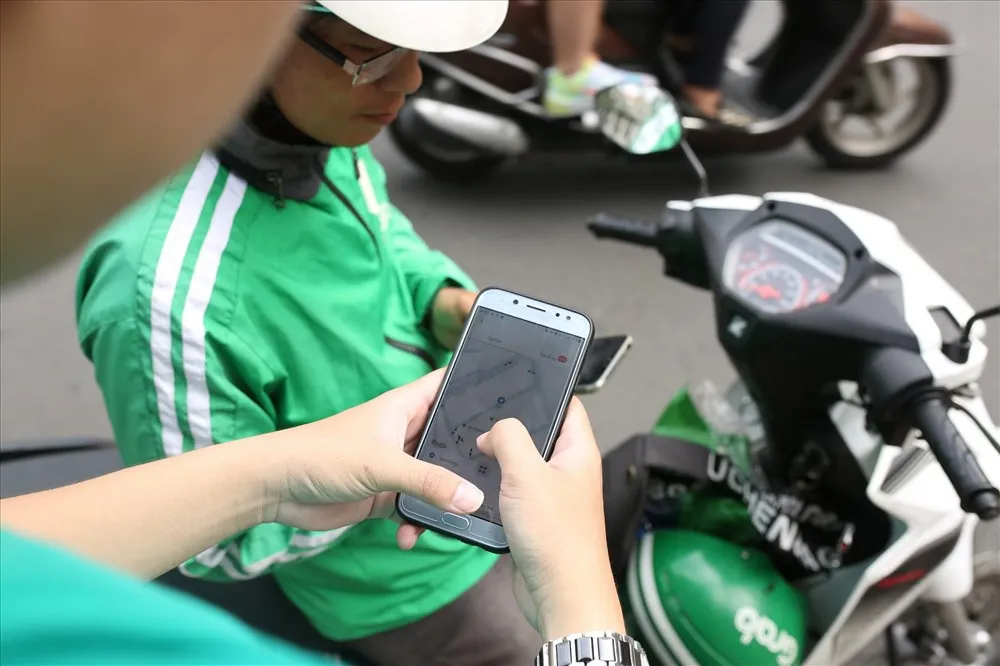
Grab, Be, and Xanh SM are examples of applications that facilitate movement in cities such as Hanoi and Ho Chi Minh City. A charge is displayed in advance; the route is GPS-tracked and without any haggling. Cash is king but a card may be linked up for a swifter payment in the game. You can ask your hotel to help you book a reliable local taxi in small towns where these apps are not available.
Tip #7: Always Carry Small Denominations of VND

Vietnam is to a large extent an economy of cash, particularly in the rural regions and areas which tourism has not yet reached enormous proportions. Typically, small vendors, taxis, and street food stalls do not have the money to give change for big notes. ATMs are common, and they give out a hundred thousand or two hundred thousand VND notes. Many still mainly give out five hundred thousand VND notes. This makes it awkward for use in minor purchasing. It’s best to break big notes at convenient stores, cafes, or supermarkets early in your journey and get a stash of the smaller notes for daily expenses - 10,000 to 50,000 VND.
Tip #8: Tipping Is Appreciated, Not Expected
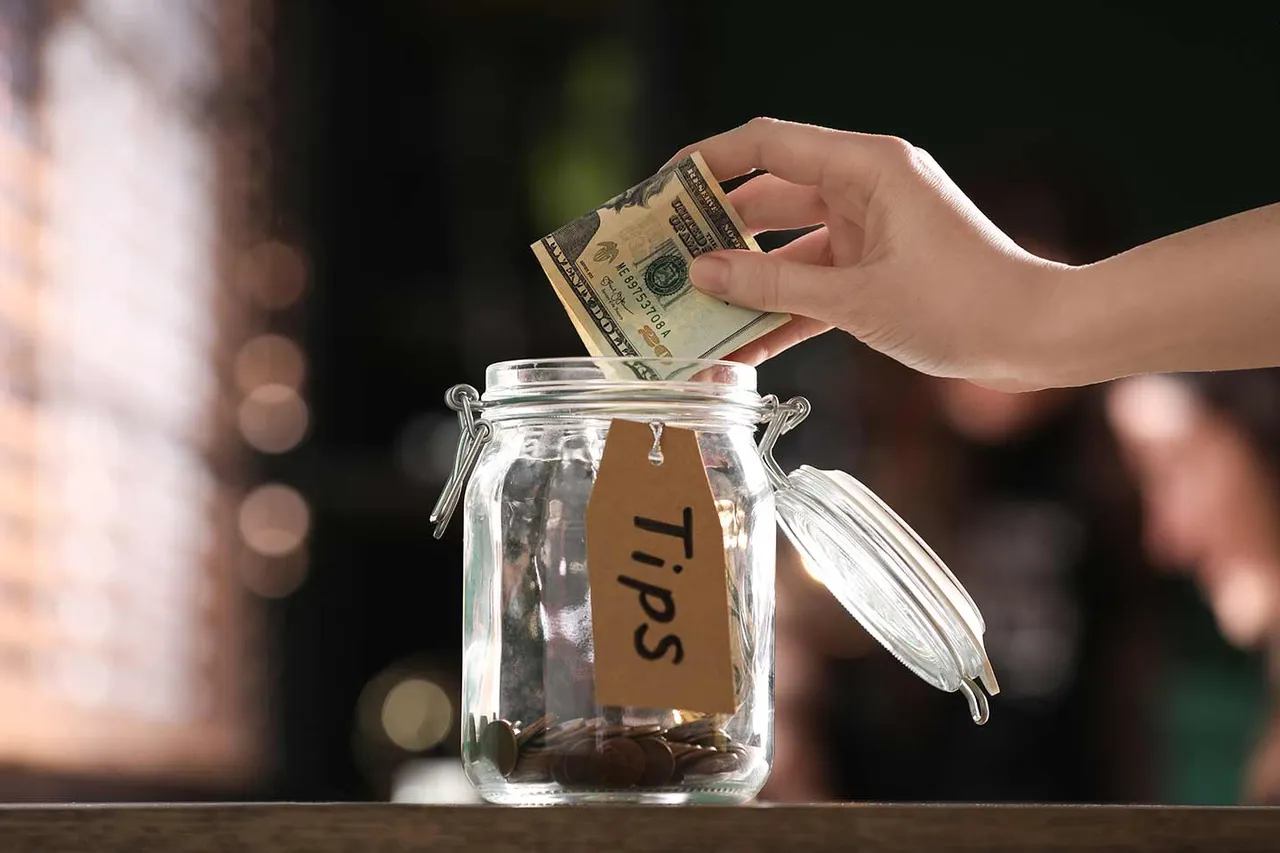
Tipping is not a cultural norm in Vietnam, but something in the line of tourism. It’s generally accepted. It’s a small tip – around 10% at restaurants or 50,000-100,000 VND on a day’s guided tour; as a sign of appreciation for good service. The tip should be given in cash when possible and done so very discreetly.
Tip #9: Bargain Politely at Markets
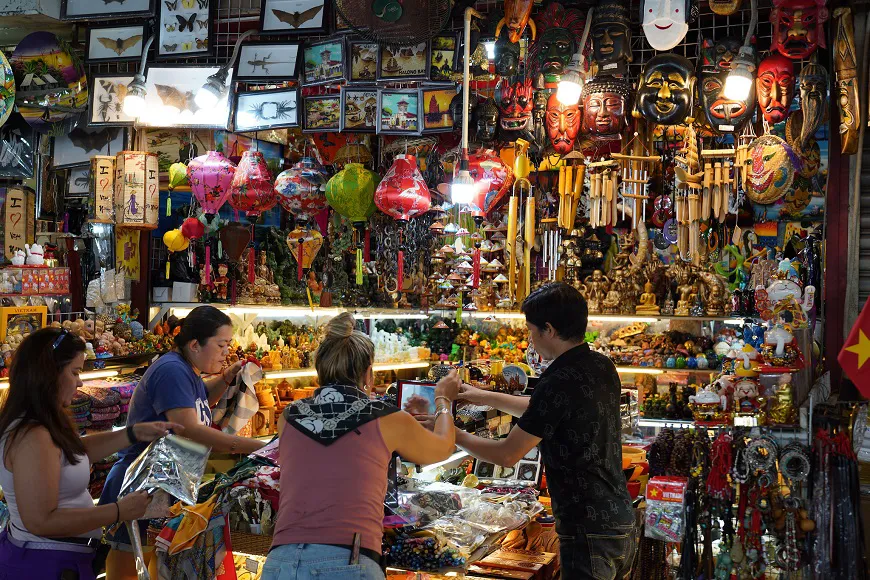
Bargaining is, in fact, rather widespread in Vietnamese street markets and at souvenir shops; it forms a component of the regional shopping culture. Start by offering roughly 50%-60% of the initially demanded price. Now foreseeing some horse trading, try to find a happy median. Let the tenor always be of a light and friendly sort - a smile, a relaxed attitude will very often gain you a better bargain than being too serious. If the seller on earth is not to be moved to a price that suits you, thank him and step off softly. A little hesitation at times or going to another stall may make them prepare a lower price for you.
Tip #10: Learn to Spot Dual Pricing
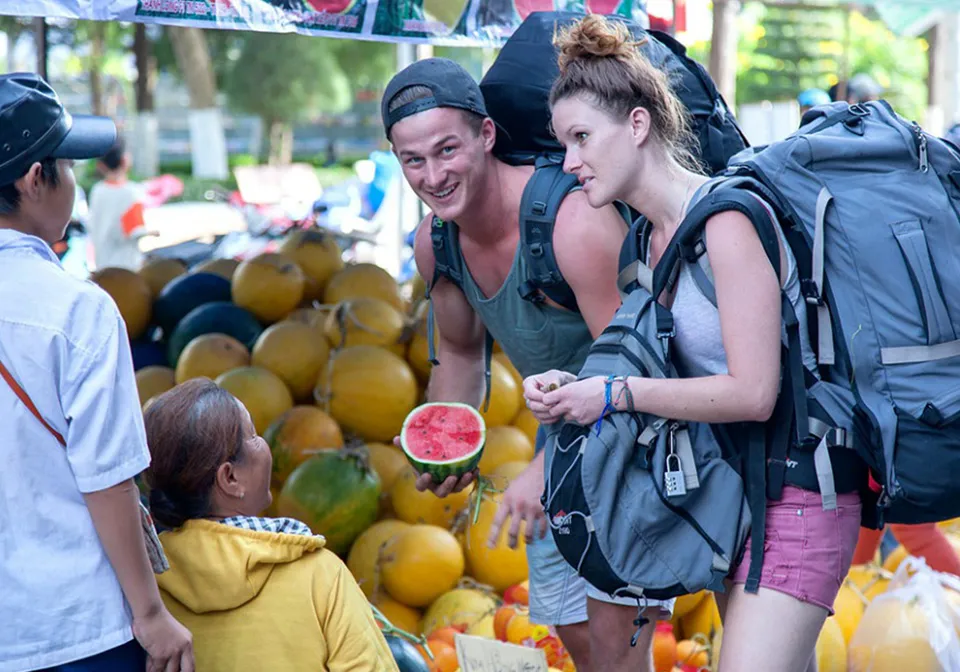
Some tourist haunts in town and up the country put up signs quoting two prices, one for locals and the other for foreigners. It is not always such a diabolical thing to do; at times it just reflects a pricing policy for tourists. The best thing to recommend is that you do a bit of research beforehand or ask your hotel what things ought to cost. At least if you don’t know any Vietnamese numbers beyond that magical figure ‘10’ you would be at least a little better off in bargaining over price.
Tip #11: Don’t Skip the Street Food
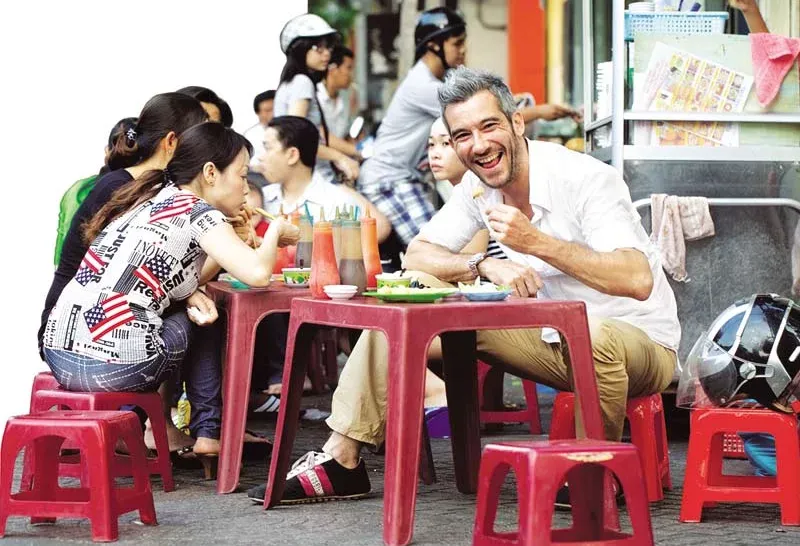
There is a reason that Vietnam’s street food is famous. Look for the cart with the long line of locals waiting for their food, the vendor who keeps moving dishes to replace those scooped out, and one who cooks in clear view. Typically, freshly cooked foods served hot are safe to eat. Be always suspicious of anything that’s had a long standing time especially in hot weather. Use your eyes and nose and instincts to tell you where to eat.
Tip #12: Only Drink Bottled or Filtered Water

Tap water is unsafe for drinking. Buy bottled water only from trusted sealed manufacturers, or use a travel purifier. It is advisable to use filtered water to brush with during your stay and avoid using ice except after being sure where it has been made from. Most hotels and restaurants in the city prepare safe ice, but this is hard to predict in rural areas.
Tip #13: Bring Your Own Toiletries and Tissues
A lot of public restrooms, especially in the countryside, may be not equipped with soap, toilet paper, or even running water. Bring along a pack of tissues, a small bottle of hand sanitizer, and a small towel. It comes in handy on overnight trains or on long day trips when amenities might be so limited.
Tip #14: Pack Mosquito Repellent
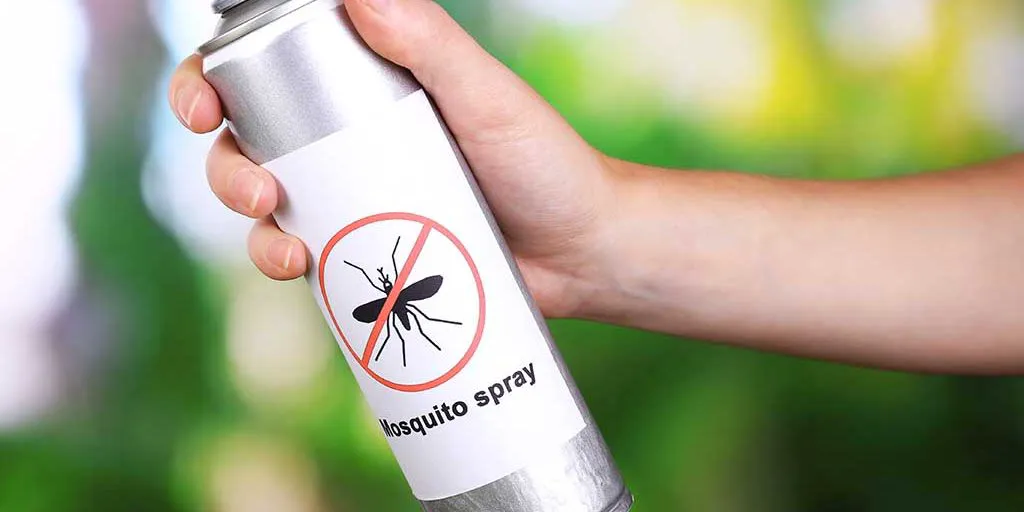
Mosquitoes are quite irritating and even a health risk, especially in the south and during the season of rains. So pack a strong repellent with DEET or picaridin and reapply often. If you’re staying in rural accommodations, pack a mosquito net or sleep where you’ll have access to one. Pack itch cream or after-bite balm for relief.
Tip #15: Be Cautious with Motorbike Rentals
The roads in Vietnam are fast, and one could feel that the traffic rules are not properly followed. This makes motorbike accidents one of the top leading causes of personal injury to tourists in the country. If you’re going to rent, then make sure that you are experienced and licensed for this, and always wear a helmet. See also whether your travel insurance covers use of a motorbike since many do not unless specified.
Tip #16: Watch Out for Traffic Jams During Rush Hours
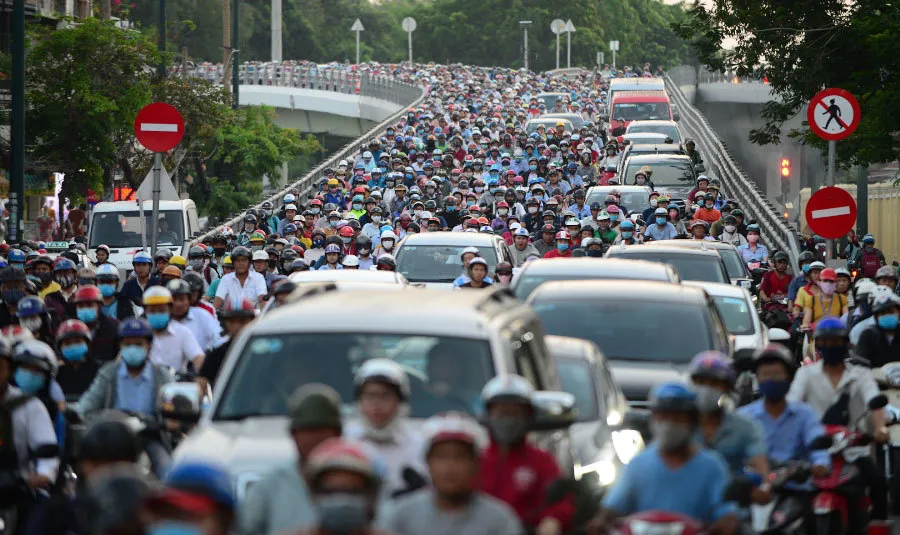
In such big cities as Hanoi and Ho Chi Minh City, during rush hours, which easily range between 7:00 and 9:00 AM and 5:00 to 7:30 PM, it doesn’t take long for even short trips to be far longer than they should. Unpredictable, always leave earlier than you plan for a flight, bus, or train trip, sometimes by up to two hours depending on distance and time of day. Traffic jams are unpredictable so getting stuck on the road is one of the highest common factors that people miss their connections while in Vietnam. Having spare time prepared would save you from unnecessary stress and allow you to go smoothly on your way.
Tip #17: Book Domestic Flights in Advance
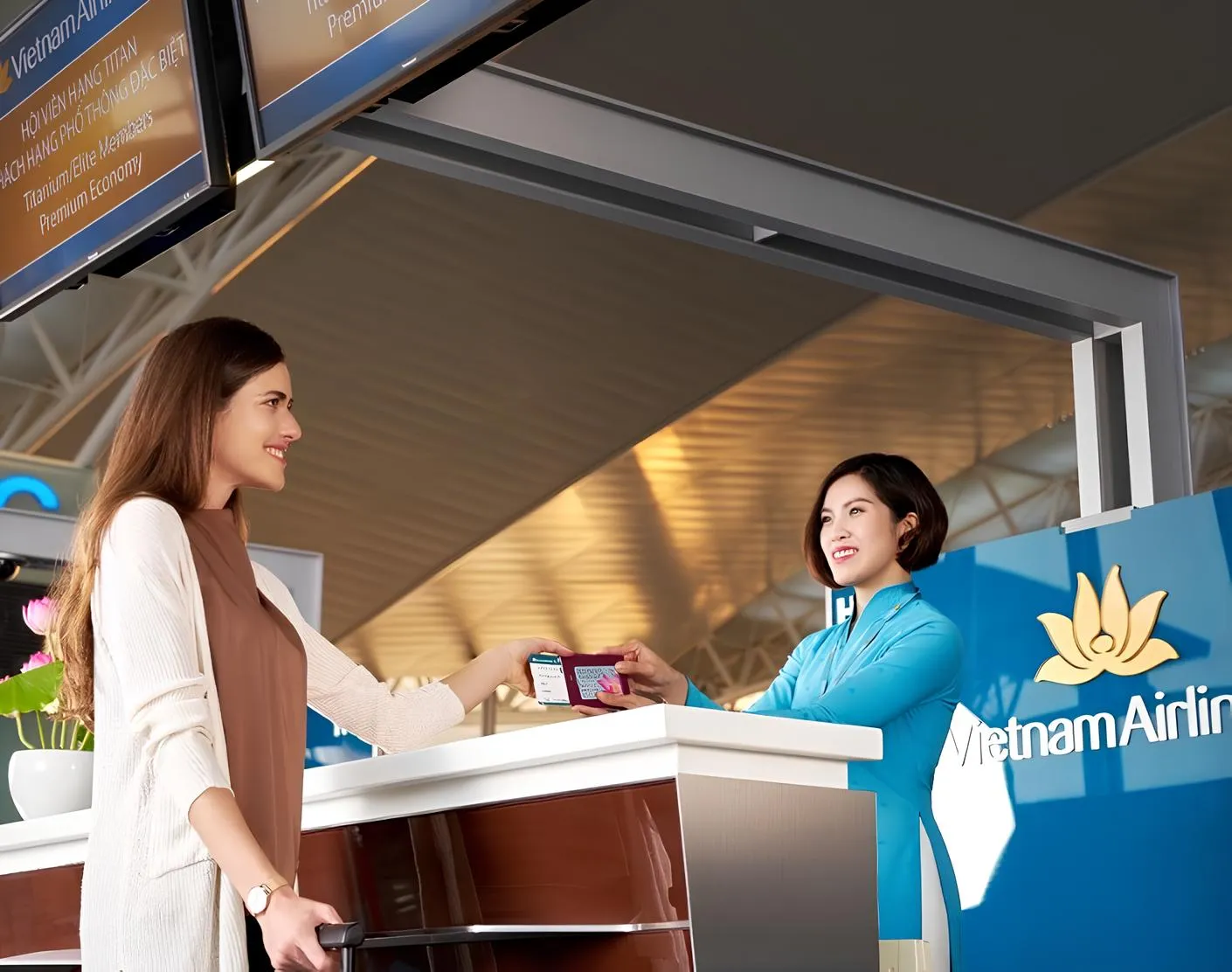
With its territory stretching over 1,600 km, traveling by air is indeed a real time-saver in Vietnam. Advance reservations on carriers such as Vietnam Airlines or Bamboo Airways can save you from paying the highest fares. Bear in mind about baggage – low-cost carriers have quite extended charge lists for checked bags. Delay is no rarity; therefore, do not make tight connections.
Tip #18: Pack Light and Dress for the Weather
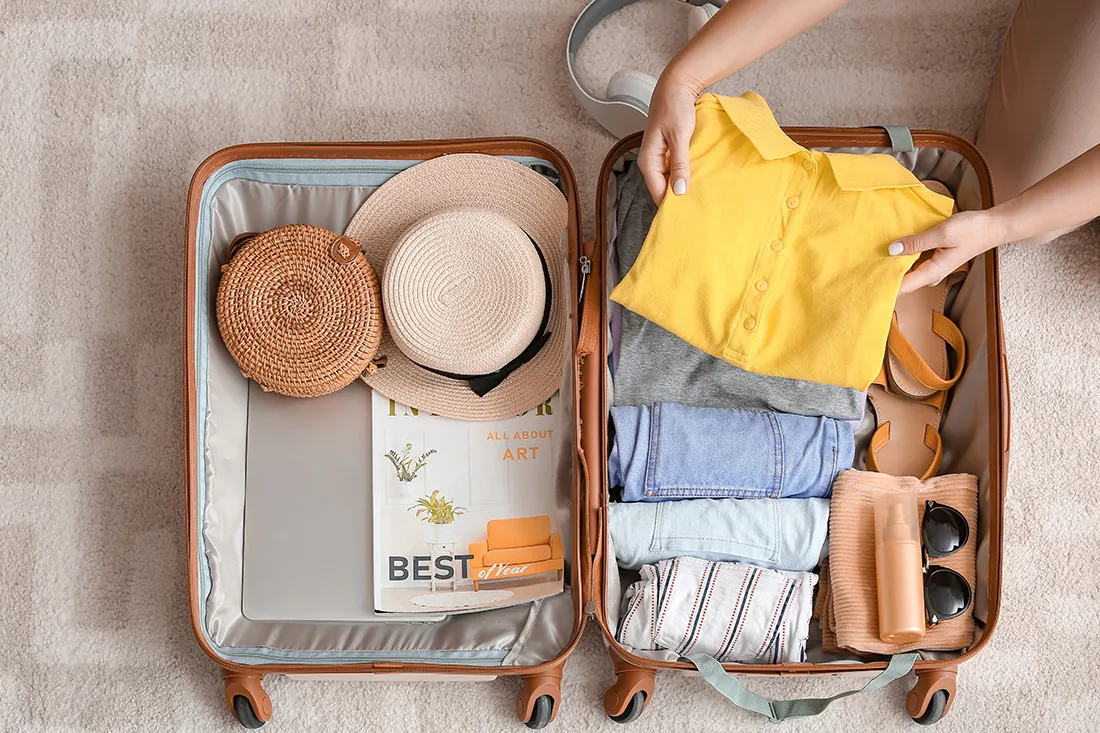
Vietnam’s climate varies according to which part of the country you’re in, the north generally having four seasons, the center being exposed to typhoons, and the south hot all year round. Don’t forget to pack breathable clothing that layers, a lightweight rain jacket, and comfortable walking shoes.
For more specific packing advice for your itinerary and the time of year, check out our Vietnam packing list.
Tip #19: Prepare for Squat Toilets in Rural Areas
Western-style toilets are mostly found in cities. But still, in rural areas, it is mostly squat toilets that prevail. You can learn how to use them and keep tissues and sanitizer with you. They may seem unfamiliar at first, but many travelers pick up on them very quickly and even find them to be much more hygienic in some settings.
Tip #20: Stay Flexible and Open-Minded
Vietnam is all about the contrasts modern cities next to ancient temples, planned tours next to spontaneous street food adventures. A transport delay or a dish that’s not as expected could be there. Smile, adapt and enjoy the surprises. More often than not, the best stories come from things you didn’t plan.
Conclusion
Vietnam is a land of contrast, of beauty and chaos, of calm and of tradition and transformation. The following travel tips for Vietnam are intended to assist you in avoiding the most common gaffes have you better appreciate local customs, and travel with confidence. No matter if your visit lasts a few days or several months you little prepared with much curiosity. Respect for the culture and openness to what’s uncultured will make your time in Vietnam not a trip but rather a story worth telling.
